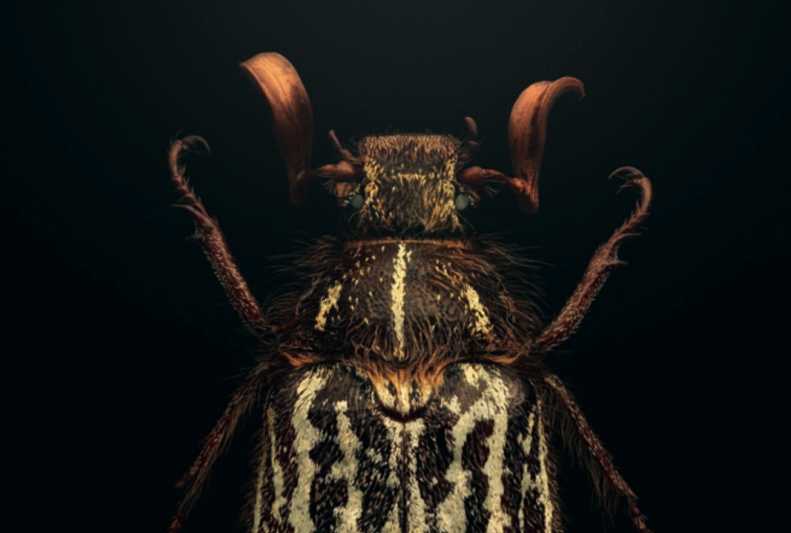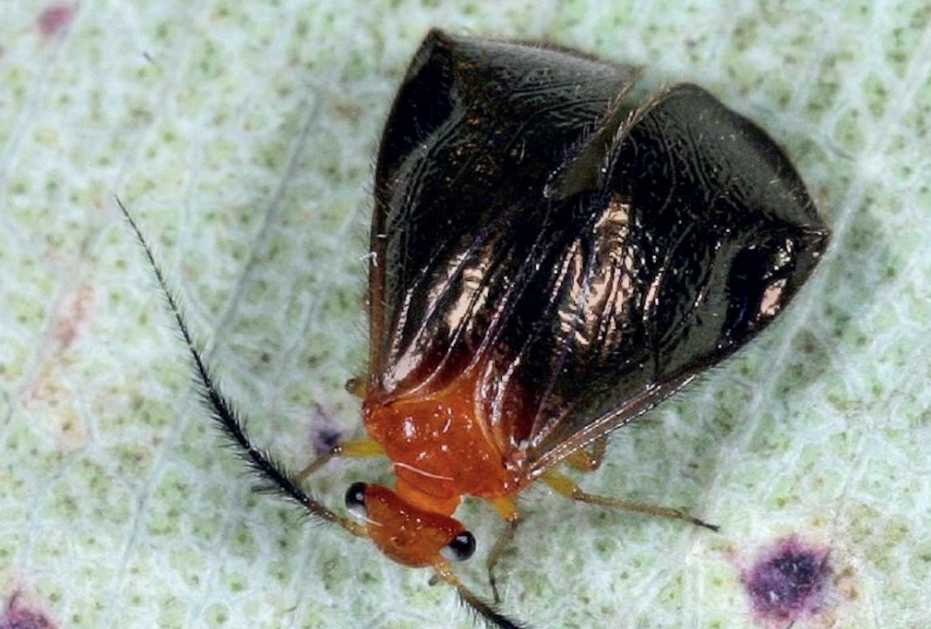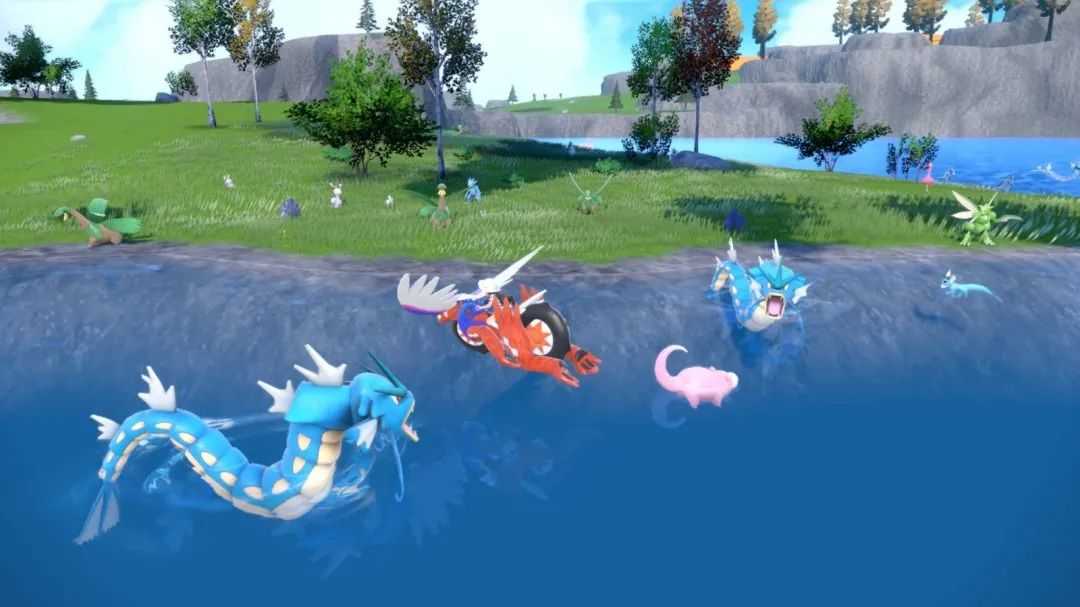Growing to approximately 20 centimeters in length, the sea crucian features a laterally compressed, oval body with a grayish-brown to dark brown coloration, often adorned with subtle darker speckles. Its most distinctive markings include a small black spot located below the corner of the mouth and dark-colored fins that contrast with its lighter body. The species’ name stems from its delicate, crucian-like feeding manner: small, cone-shaped teeth allow it to selectively consume soft-bodied prey, a trait that sets it apart from more aggressive marine feeders.
A non-schooling species, Ditrema temmincki prefers solitary or small-group living in shallow, nutrient-rich environments such as artificial reefs and kelp farming areas, where it forages for mollusks, water fleas, and other aquatic invertebrates. Its habitat preference makes it challenging to catch from shore, requiring anglers to use small boats or sampans to access its feeding grounds. Light tackle, such as hand rods or rock fishing rods, is typically employed to target this species, as its cautious nature demands subtle bait presentation.
While currently listed as a species of least concern, Ditrema temmincki faces potential threats from coastal development and overfishing in its limited range along the Yellow Sea. Conservation efforts focused on preserving marine habitats and promoting sustainable angling practices are crucial to maintaining its populations. As a unique link between marine and freshwater ecosystems, this small fish highlights the biodiversity of temperate coastal waters and the need for targeted protection in its specialized niche.










